 Blog
Blog Data Analytics vs Data Analysis: Key Differences and Uses
Data Analytics vs Data Analysis: Key Differences and UsesData Analytics vs Data Analysis: Key Differences and Uses
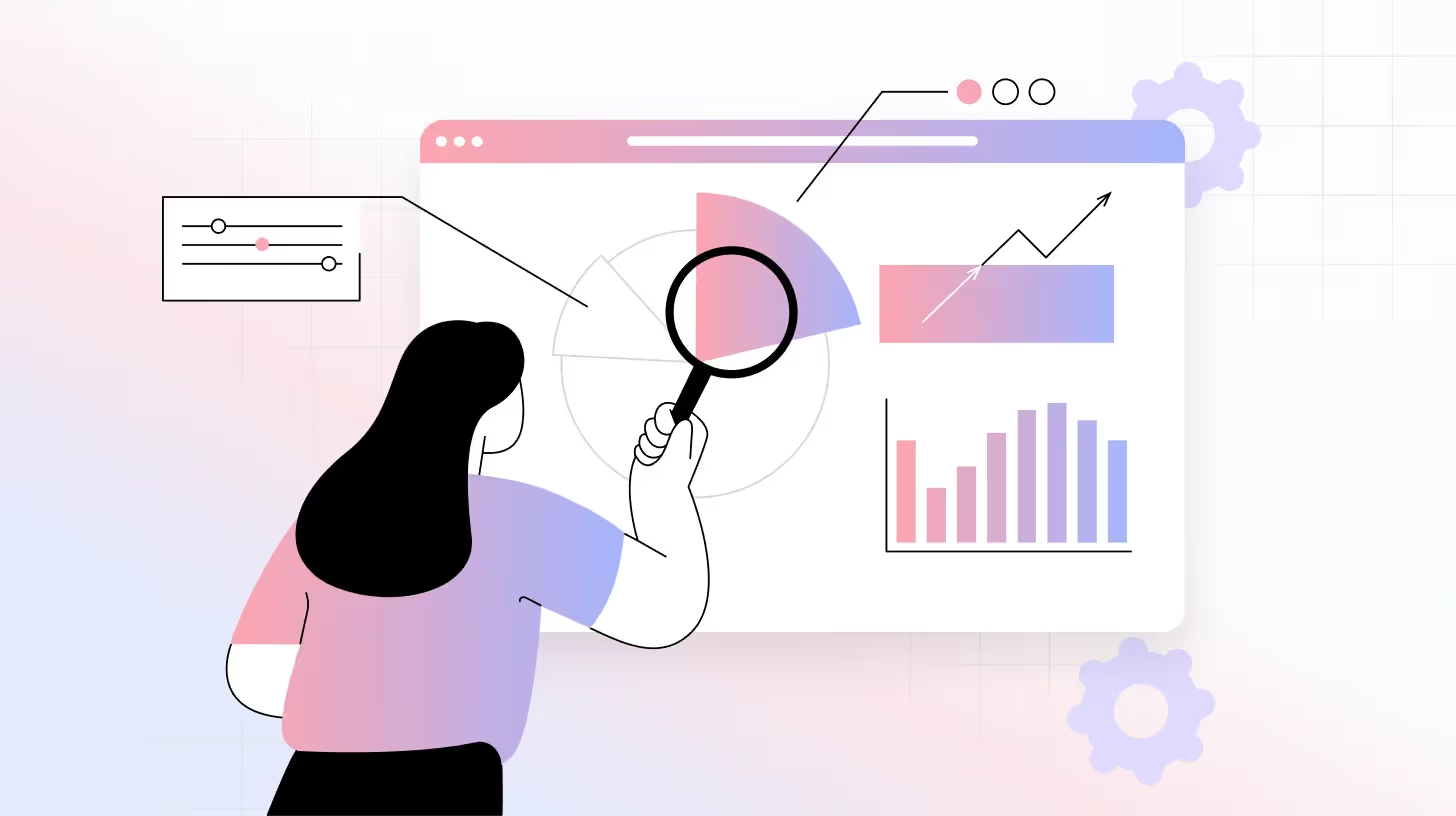
Data.
Every organization runs on it. Big or small, it’s the heartbeat that keeps decisions alive and businesses growing.
But here’s the twist: data isn’t just numbers or spreadsheets anymore. It’s power. It’s a strategy. It’s survival.
Still, one thing trips people up all the time: data analytics vs. data analysis.
While the two terms are often used interchangeably even by professionals in the field, they don’t mean the same thing. Each plays a unique role in how organizations collect, interpret, and act on information.
To clear up the confusion, this blog breaks down the difference between data analytics and data analysis, what each really means, and how they help businesses make better, data-backed decisions.
Let’s dive in!
The Role of Data in Modern Business Strategy
In recent years, data has undergone a significant evolution, transitioning from a byproduct of operations to a core driver for business strategies. Every customer interaction now generates valuable information that helps businesses understand their market and anticipate what’s coming next.
A strong data strategy enables revenue leaders to move from intuition-based decisions to evidence-based strategies. The process often involves multiple stages: gathering data from different sources, cleaning and preparing it, interpreting what’s happened in the past, and predicting what might happen next. Together, these steps allow organizations to move from simple reporting to data-driven decision-making.
Ultimately, the goal is simple: to transform data into a competitive advantage. Companies that understand how to effectively analyze and leverage their data are better positioned to innovate, reduce risks, and make smarter strategic moves.
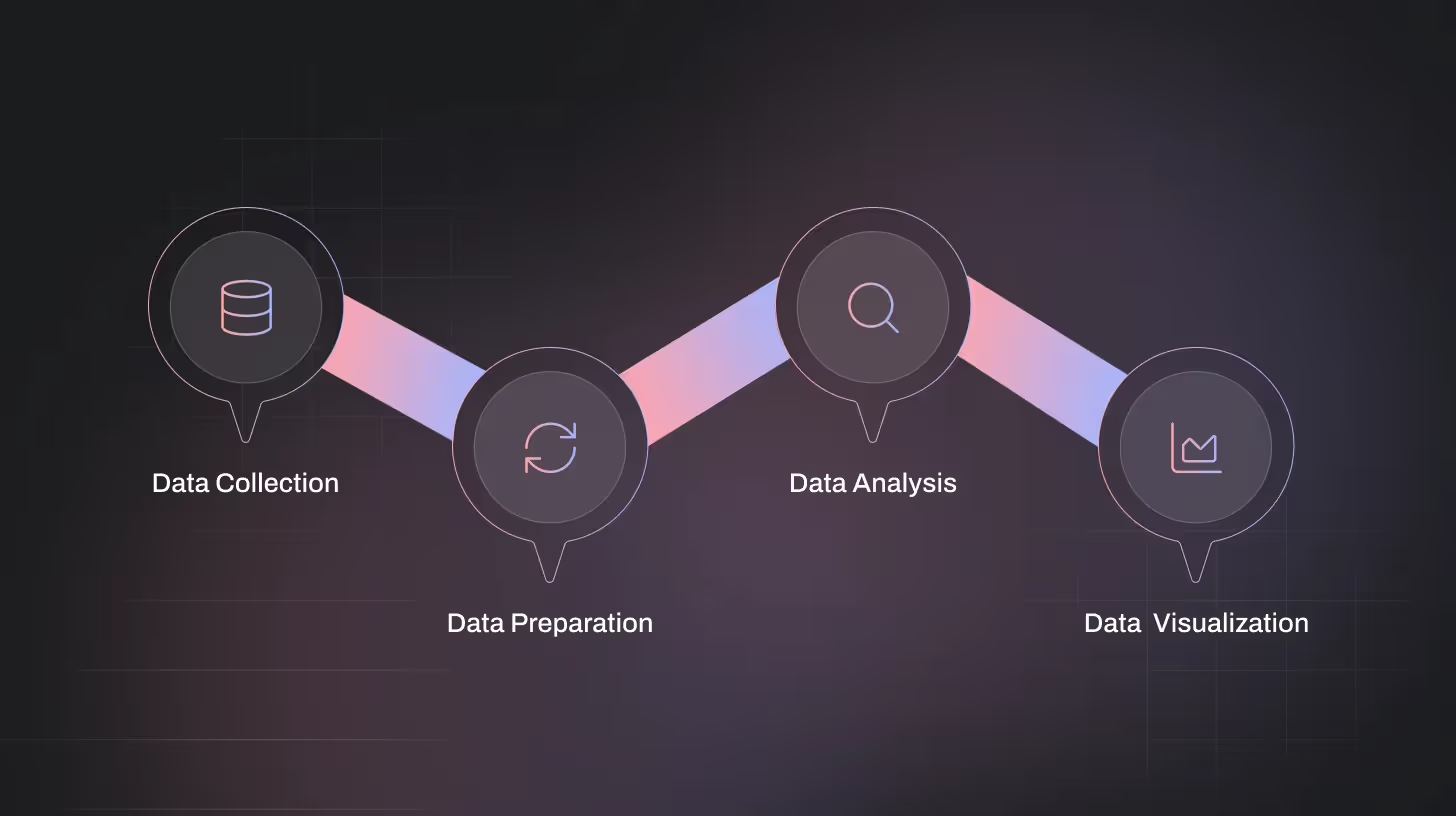
Read: How Do You Analyze Survey Data Like a Pro?
What is Data Analytics?
Data analytics is the science of analyzing raw data and converting it into actionable insights using different tools and technologies. The process often begins when executives or data teams identify a business challenge or opportunity that requires deeper understanding. For example, a SaaS company might see a spike in customer churn and want to uncover the root cause. Instead of relying on assumptions, data analytics provides a structured way to pinpoint the problem.
Once the objective is defined, the next step is identifying which data is most relevant. In this scenario, the team might analyze product usage metrics, customer support logs, billing history, and feedback from surveys or social media. Collecting data from multiple touchpoints allows the business to see the complete customer lifecycle from onboarding to retention.
After gathering the data, analysts focus on cleaning and standardizing it. This ensures consistency across systems and eliminates inaccuracies that could distort insights. Reliable data is the foundation for meaningful analysis.
With clean, structured data in place, analysts apply statistical models and algorithms to uncover correlations and trends. For instance, they may find that customers who don’t complete onboarding tutorials within the first week are more likely to cancel within 60 days. These insights help leadership teams make informed, evidence-based decisions.
Finally, the findings are translated into actionable business strategies. In this case, the analytics team might recommend automated onboarding campaigns or targeted in-app guidance to increase engagement and reduce churn.
Beyond solving individual challenges, data analytics empowers businesses to continuously monitor KPIs, forecast trends, and identify areas for operational improvement. Real-time dashboards and visual reports keep decision-makers aligned, ensuring that strategy is always guided by data, not intuition.
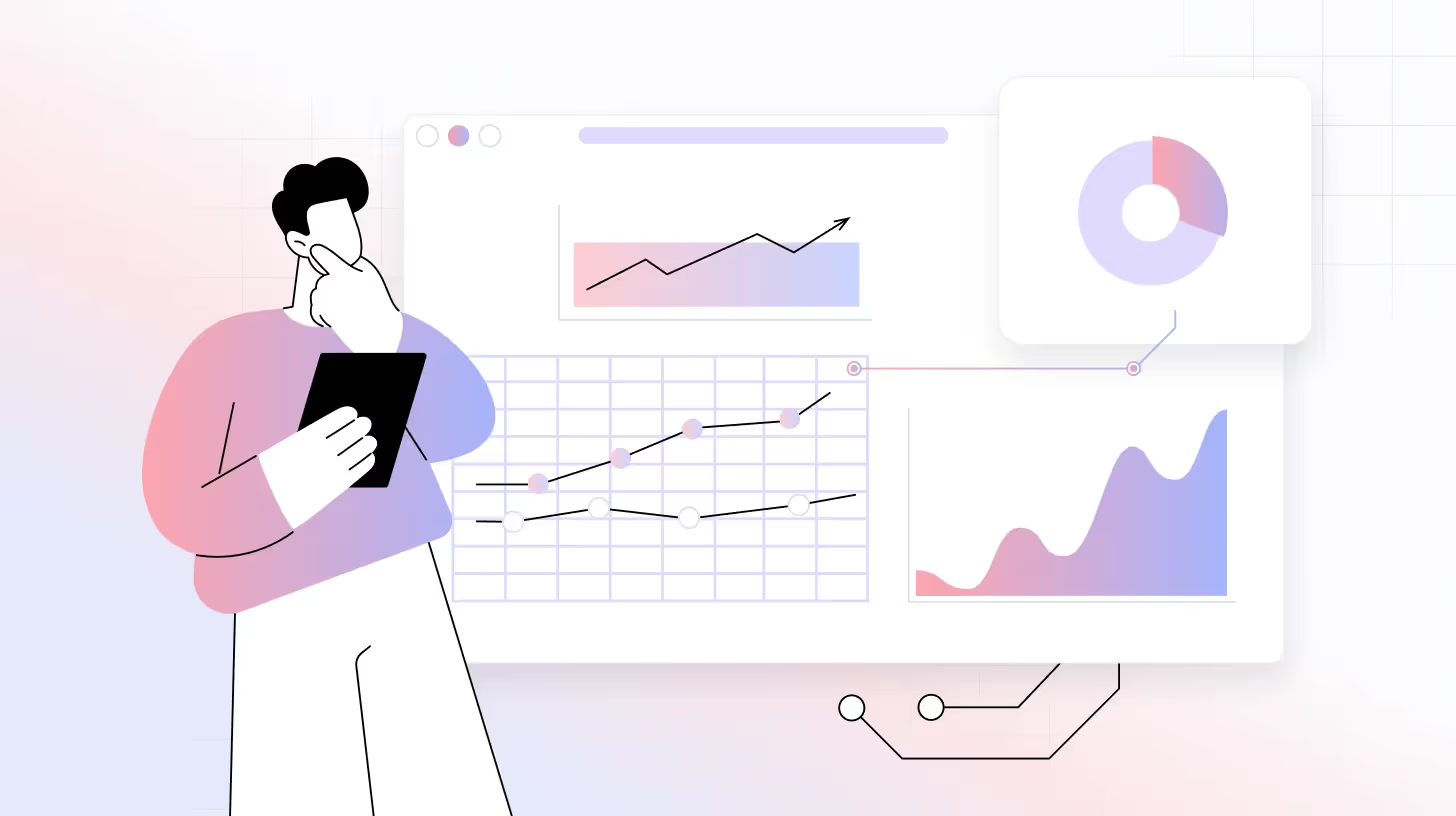
What is Data Analysis?
There are many ways to define data analysis, but at its core, it’s all about making sense of data. It’s the process of examining, cleaning, transforming, and organizing raw information so it can reveal patterns, relationships, and insights that guide better decisions.
In simple terms, data analysis helps businesses understand what happened and why it happened. Data analysts usually work with structured datasets that have already been collected and prepared for review. Their goal is to find answers to specific questions like what caused a sales drop, which campaign performed best, or how customer behavior is changing.
While it’s one part of the broader field of data analytics, data analysis plays a foundational role. It provides the groundwork that supports forecasting, strategy development, and overall business intelligence.
Common Data Analysis Techniques
The right technique depends on what your business hopes to achieve. Here are a few common approaches used to analyze and interpret data:
- A/B Testing: Compares the performance of two or more variations to determine which one delivers better results.
- Data Integration: Combines information from multiple sources to create a single, more accurate dataset.
- Data Mining: Identifies patterns, trends, and relationships within large data sets.
- Machine Learning: Uses algorithms to detect patterns and make automated predictions based on historical data.
- Natural Language Processing (NLP): Helps systems analyze and understand human language from text or speech.
- Statistical Analysis: Uses mathematical models and techniques to summarize data, identify correlations, and draw conclusions.

Data Analytics vs Data Analysis: A Detailed Comparison
Read: How AI Surveys Streamline Creation and Improve Data Quality
Data Analytics vs. Data Analysis: Which Is the Better Option?
Choosing between data analytics and data analysis isn’t a matter of which is superior; it depends on the objective.
Data analytics involves advanced modeling, predictive algorithms, and statistical methods designed to uncover deeper insights and future trends. While highly powerful, its complexity can make it more challenging for non-specialists to interpret without technical expertise.
Data analysis, however, focuses on examining existing data and presenting it in a more accessible format. Through clear visualizations and structured reporting, it enables teams across an organization to understand key findings quickly and make informed decisions.
In essence, both play essential but distinct roles.
Data analysis provides clarity and understanding of what has happened, while data analytics delivers foresight into what could happen next.
When used together, they form a comprehensive data strategy, one that empowers organizations to make decisions that are both informed and forward-looking.
Read - Everything You Need to Know About Survey Sampling in Research and Business
Bridging Data Analytics and Data Analysis with TheySaid
Data tells a story. But without the right tools, most of it goes unheard.
TheySaid helps you uncover what your customers really mean by turning raw feedback into clear, actionable intelligence.
With AI-powered summarization and theme detection, TheySaid analyzes every conversation, whether it’s survey data, voice recordings, or customer messages, to reveal the sentiments driving your business outcomes. Its built-in voice feature can detect emotions and tone, giving you a deeper understanding of what customers truly feel, not just what they say.
You can import surveys or existing datasets directly into TheySaid to organize, analyze, and compare responses in one place. Plus, with customizable AI questioning, you’re in full control, guiding the AI to ask smarter, context-aware follow-ups that deliver richer insights.
Whether you’re refining customer success strategies, identifying churn risks, or aligning teams around real customer needs, TheySaid transforms data analytics into data understanding.
Try TheySaid and see how AI-powered insights, sentiment analysis, and smart questioning can reveal what your customers really think.
Key Takeaways
- Data analysis focuses on understanding what happened by exploring existing datasets, identifying trends, and finding answers to specific questions.
- Data analytics goes beyond analysis; it predicts what’s likely to happen next and guides strategic decisions using advanced models, AI, and automation.
- Both are essential: analysis delivers clarity, while analytics delivers foresight.
- Together, they turn raw information into a competitive edge, helping businesses make faster, smarter, and more proactive decisions.
- Companies that integrate both functions gain deeper customer understanding, better forecasting accuracy, and stronger ROI from their data strategy.
FAQs
Can a business use both data analysis and data analytics together?
Absolutely. Data analysis helps interpret current performance, while data analytics provides insights into future trends. When combined, they give businesses a complete picture for smarter decision-making.
Can AI improve data analytics?
Definitely. AI enhances analytics by automating data collection, detecting patterns, and generating real-time insights. Platforms like TheySaid use AI to summarize feedback, detect sentiment, and reveal customer intent.
What is the role of data analytics in decision-making?
It enables leaders to make informed decisions backed by evidence, not assumptions. With predictive insights, teams can identify risks, forecast opportunities, and measure performance in real time.





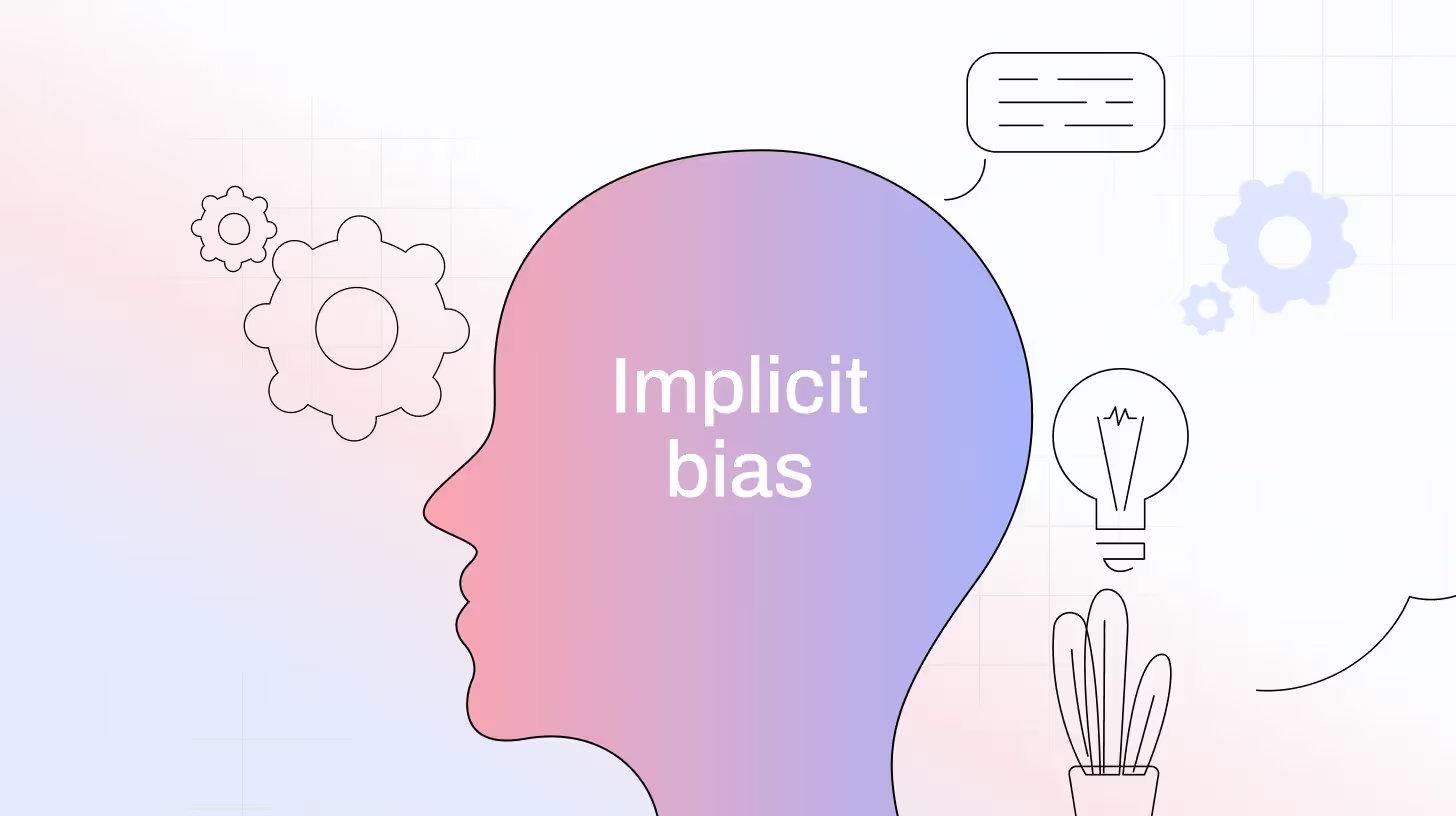
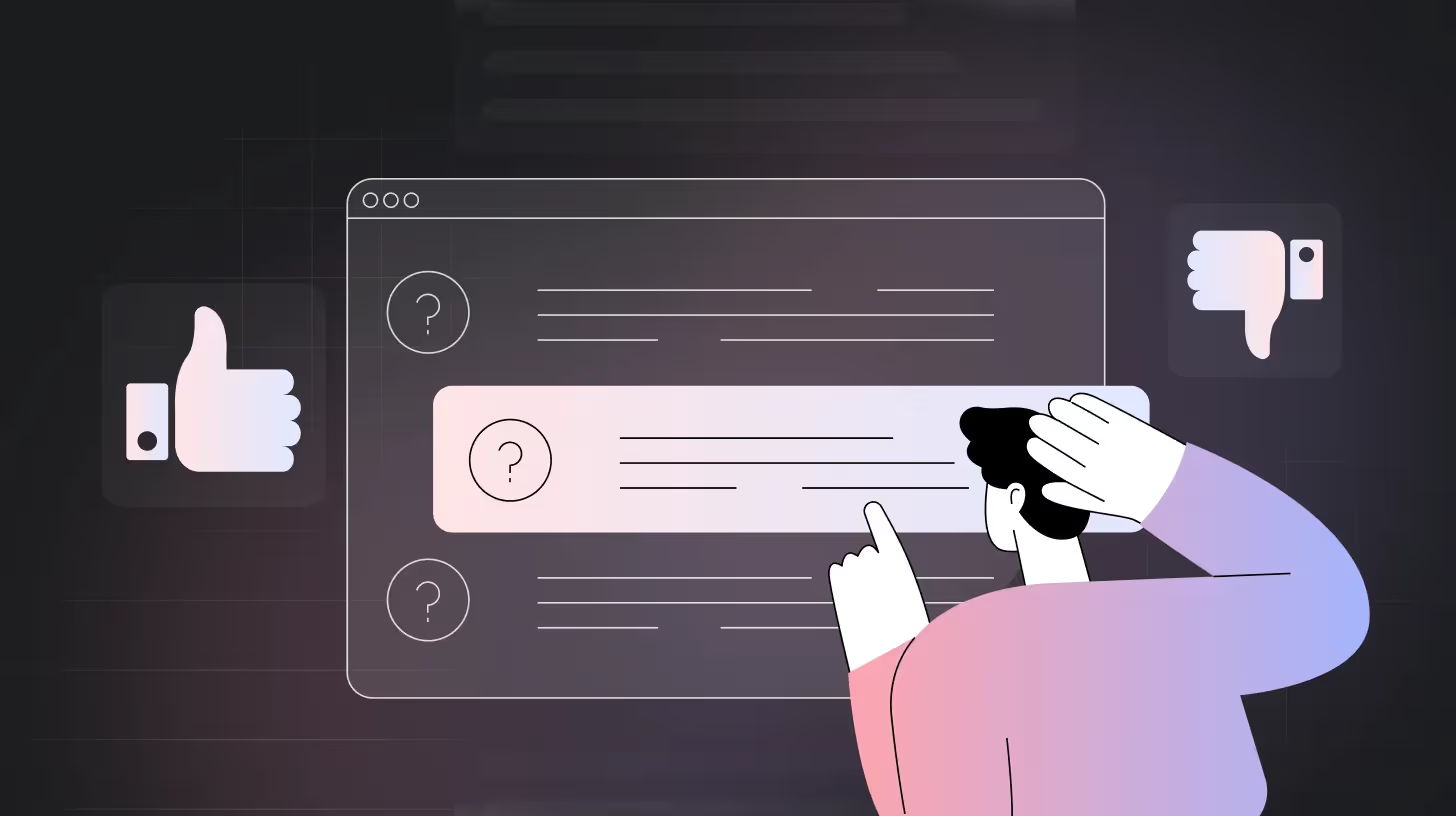
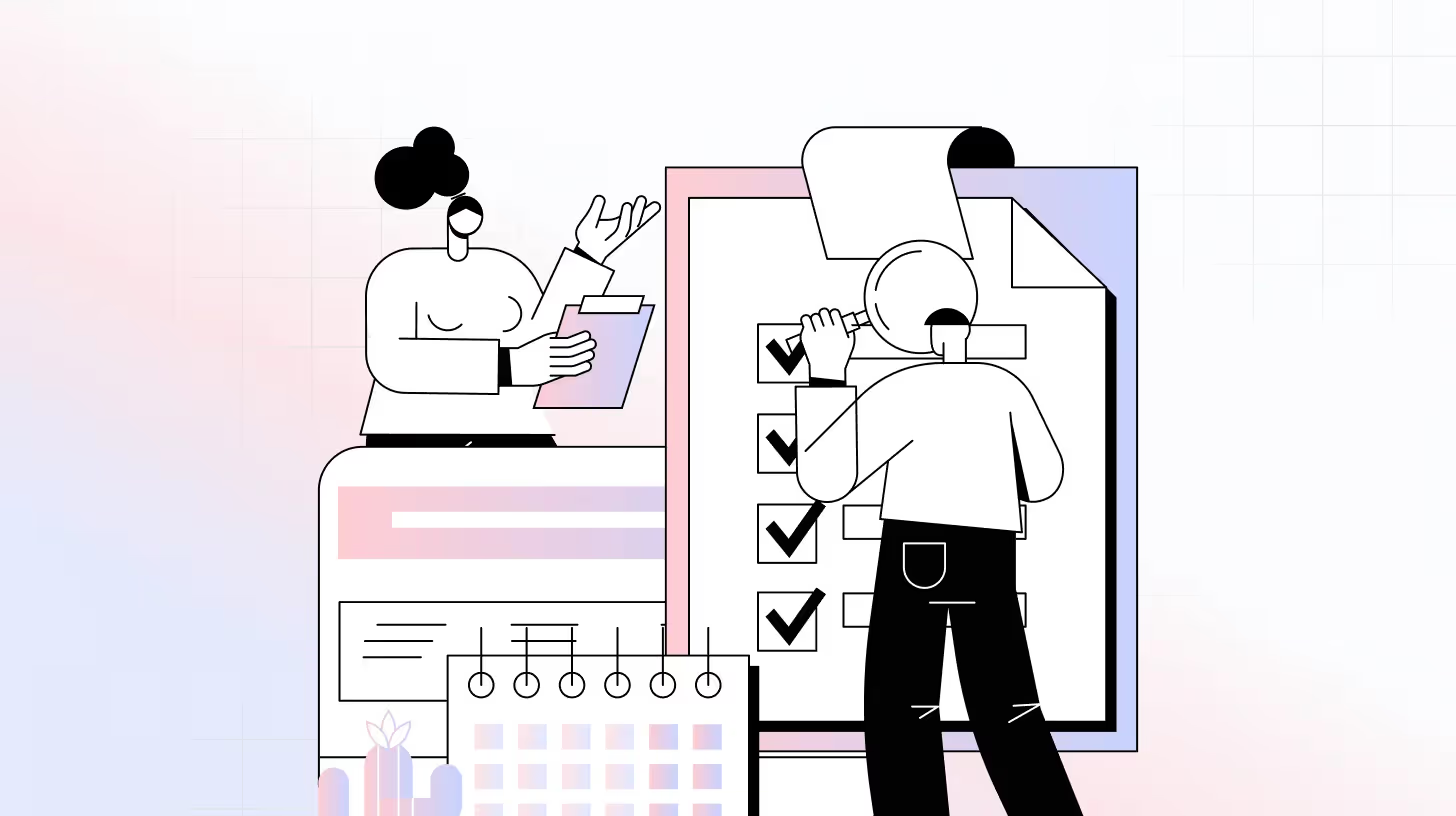







.svg)